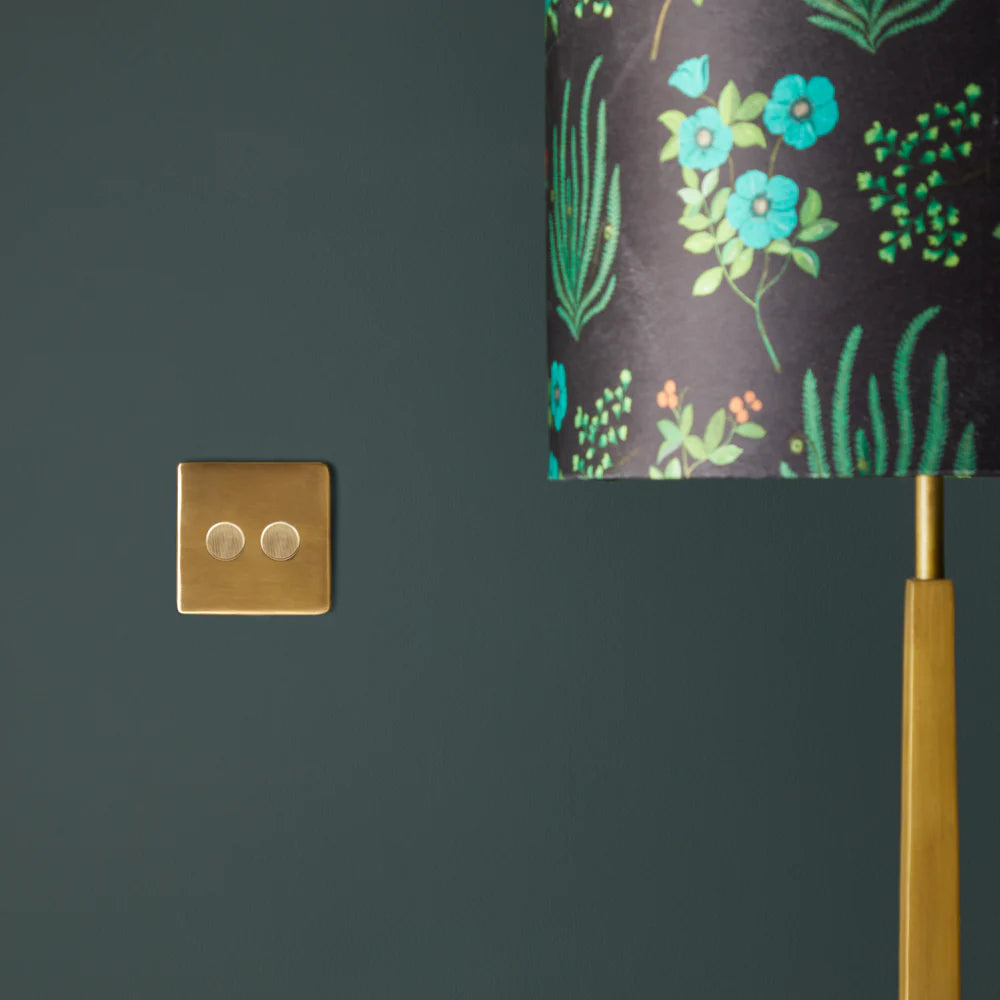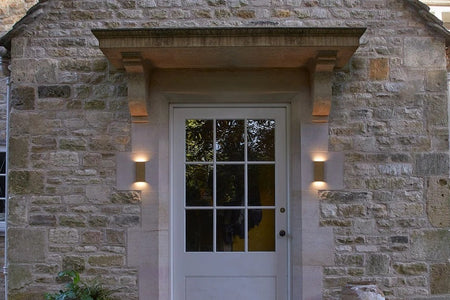 The right lighting can turn your sitting room into a cosy haven, flatter your features and make your interior decor sing. But get it wrong and absolutely nothing will feel right. Here are some of the most common sitting room lighting mistakes, along with expert tips for fixing them…
The right lighting can turn your sitting room into a cosy haven, flatter your features and make your interior decor sing. But get it wrong and absolutely nothing will feel right. Here are some of the most common sitting room lighting mistakes, along with expert tips for fixing them…
Mistake #1: Not enough lumens
Mood lighting is lovely when the mood is right, but nobody wants to wallow in a darkened room all the time. When you need to show off your gloriously colour-coordinated soft furnishings or just read the Sunday papers, you’ll want some proper lumens.
There is actually a science to this. As a rule of thumb, a sitting room normally needs around 10-20 lumens per square foot (this is known as a ‘foot candle’).
To work out how much overall light you need, first multiply the length and width of your sitting room to get the square footage: a sitting room measuring 10ft x 10ft = 100 square feet. Then simply multiply this number by the foot candle. So, a room measuring 100 square feet will need a total of 1,000-2,000 lumens.
Read more about this in our guide How much light do you need in a room?
 Sitting room by Rosanna Bossom. When you have colours as stunning as this, you'll want plenty of light to show them off. Image: Rosanna Bossom Limited.
Sitting room by Rosanna Bossom. When you have colours as stunning as this, you'll want plenty of light to show them off. Image: Rosanna Bossom Limited.
Mistake #2: Relying on a single overhead light
As well as the science bit, lighting a room well is an art…Relying on a single overhead light is makes for a flat, uninviting space, all harsh downlight and shadows, whereas having multiple light sources allows you to play around with different settings and atmospheres.
This is a art of layering light. There are three main types of lighting: ambient lighting (the general overall illumination in the room, including the main light); task lighting (targeted lighting for carrying out tasks); and accent lighting (for creating moods and highlights).
The best sitting room lighting schemes use a combination of these different types of lighting, supplementing overhead sitting room lighting with wall lights, floor lamps and table lamps. This will provide more concentrated light where you need it, while also offering some softer lighting options for creating warmth and atmosphere.
Mistake #3: Going too small
There’s nothing quite like a beautiful statement pendant light, or even a show-stopping chandelier for providing a focal point and adding wow factor in a sitting room.But to really make an impact, you need to go big. A statement light that’s too teeny for a space is no statement at all.
You can normally afford to go significantly bigger – and lower – than you might think. If your sitting room ceiling is a little on the low side, try suspending your pendant light or chandelier over a coffee table or a dining table: for the perfect size pendant, simply ensure that your light fitting is a foot smaller than the width of the table at its narrowest part.
The same principle applies to striking lampshades and table lamps: don’t be timid about size – you can get away with real whoppers.

Go big: Pooky's larger Halo chandelier expertly hung by interior designer Sean Symington (@seansymington)
Mistake #4: Cold, unflattering lightbulbs
It’s all very well having lots of beautiful lamps, but don’t neglect the bulbs… and their ‘colour temperature’. This refers to how ‘warm’ or ‘cool’ the light feels, and is measured on the Kelvin scale (K), with daylight featuring at the higher end of the scale, at around 6,000K and candlelight at the lower end, at around 2,000K.
Bright bluish-white light tends to have a cooler, more stimulating effect, while yellow-white light is softer and warmer, and is great for making a sitting room feel inviting and relaxing. For a lovely cosy sitting room space, you should aim for a ‘warm white’ of around 2,500-3,000K.
Warm light is also good for making everyone look beautiful. As top interior designer Gabrielle Blackman told us: “The most flattering lighting comes from diffused warm light at head height. I use a combination of table lamps and wall lights with shades as the primary light source and absolutely always use warm white for your bulbs. This is very simple to do and makes my clients look about 10 years younger and feel fantastic.”
Learn more about this in our expert guide to warm lighting and colour temperature.
Mistake #5: Neglecting the dimmer switch
Light switches are often something of an afterthought, but the right ones can make your room lovelier and your life better. Adding in some dimmer switches to your sitting room lighting scheme will allow you to adjust your lighting to exactly suit your needs – keep it nice and bright in the day, and then dial things down in the evening

Make it a super-stylish switch or two (or three) in brass for the perfect finishing touch to a beautiful living room.
Pooky make beautiful, affordable lighting for lovely living spaces. View our complete range of sitting room lighting.
See also:
Sitting room lighting - ideas and inspiration from the interior design experts
How to position wall lights
Floor Lamps - how to find the perfect one for your sitting room
Designer table lamps – everything you need to know before buying
How to create mood with lighting - 7 expert tips











